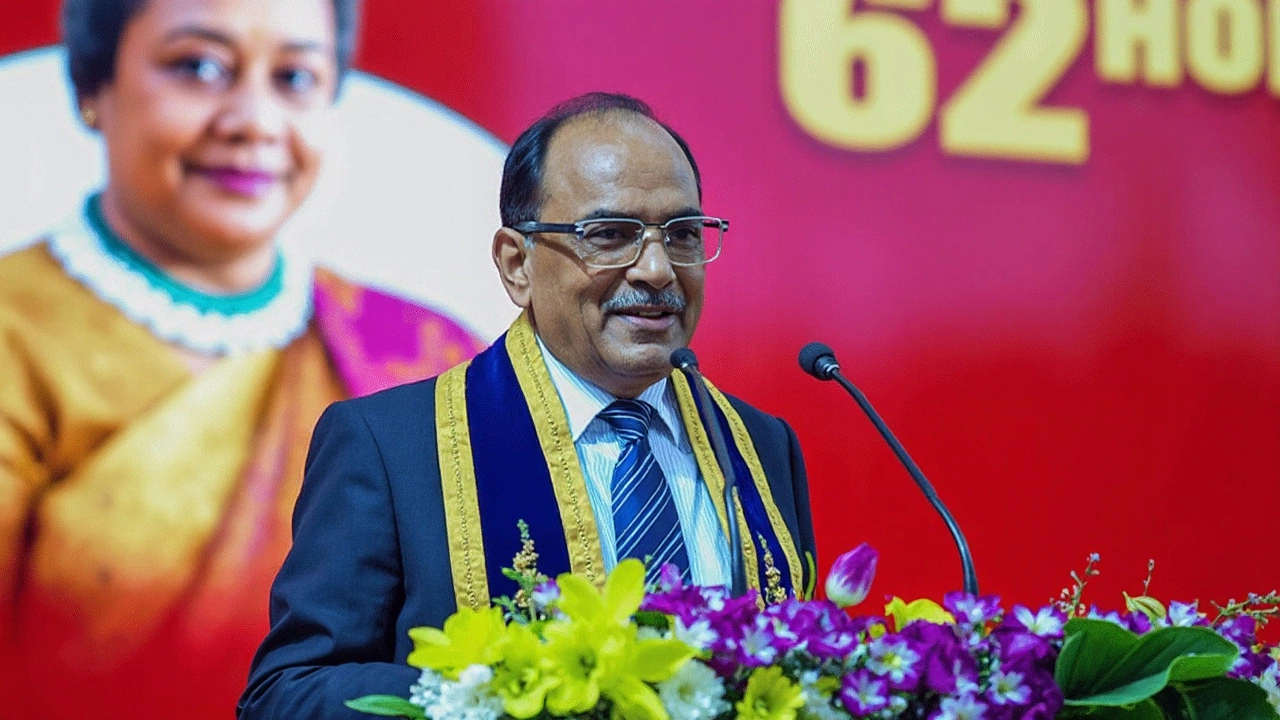
NSA Doval Rejects Foreign Media Reports on Operation Sindoor
When National Security Advisor Ajit Doval steps up to a podium, it usually isn’t for small talk. Speaking at the convocation at IIT Madras on July 11, he flat-out rejected reports by foreign media claiming Indian infrastructure had been hit during Operation Sindoor, India’s recent military strike deep into Pakistan and Pakistan-occupied Kashmir (PoK). Doval’s message was clear and combative: where’s the proof?
Some international outlets, including The New York Times, published photos allegedly documenting damage inside India after the operation. Doval called their bluff. He challenged anyone to come forward with even a single image showing shattered glass, broken windows, or any scene—big or small—of destruction on the Indian side. In his words, these stories have nothing to back them up. “Show me even one broken glass pane,” he said, signaling his frustration with what he sees as misreporting or deliberate misinformation.
Operation Sindoor: Quick, Surgical, and Evidence-Driven
Operation Sindoor wasn’t just another border skirmish. On May 6 and 7, Indian forces hit nine terrorist camps, zeroing in on Lashkar-e-Taiba and Hizbul Mujahideen facilities. These weren’t random targets. Just weeks before, on April 22, a terror attack in Pahalgam claimed 26 civilian lives—an incident that pushed India’s security establishment into action mode.
The operation was, as Doval explained, a tightly coordinated effort. Strikes took less than 23 minutes. The main focus was precise retaliation—eliminating potential future threats while avoiding harm to civilians or unnecessary escalation. It was less about chest-thumping, more about results. Satellite images, which Doval referenced, reportedly show 13 Pakistani airbases—spanning Sargodha, Rahim Yar Khan, Chaklala, and beyond—suffering significant hits. These images, according to Doval, reinforce the claim that the operation was both effective and limited in scope: hard on terrorist infrastructure, but careful not to overstep.
Doval also pointed out how international coverage seems lopsided. While credible satellite data confirms damage on the Pakistani side, media stories suggest Indian territory suffered too—yet there’s a conspicuous lack of real, on-the-ground evidence. For Doval, these reports distract from the facts: the operation’s aim was to uphold India’s military precision and strategic restraint, not to further fuel hostilities in the region.
What comes through is a sense of confidence, but also a warning to the media—don’t conflate fiction with facts. India wants to keep its focus on counterterrorism and protecting its people, not chasing rumors swirling in international newsrooms. Doval didn’t mince words. For him and India’s security establishment, the evidence speaks louder than the headlines.